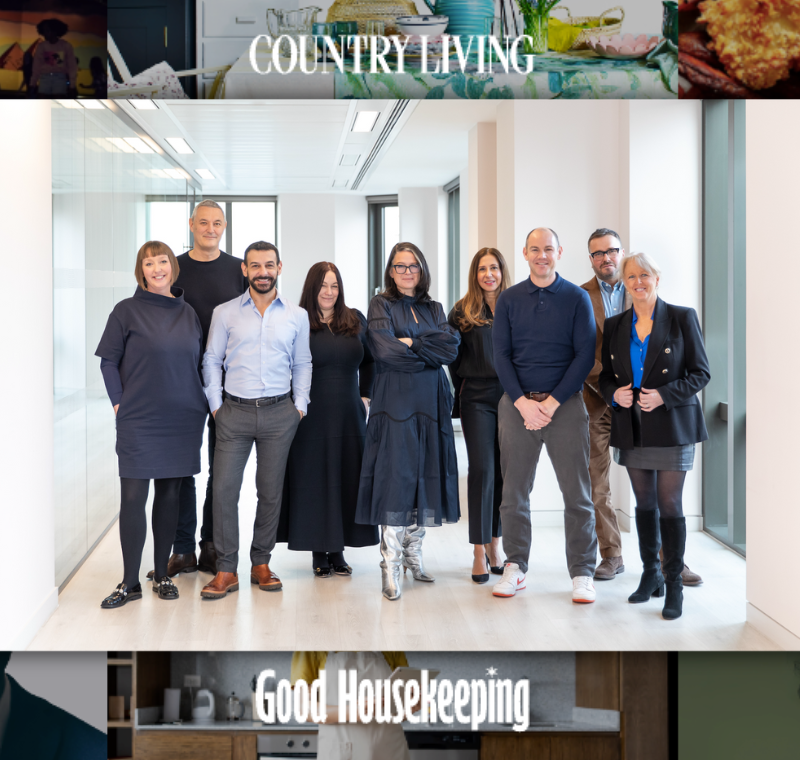Ad blocking will force the industry to put the user experience first
Spurred by Apple’s introduction of ad blocking to iOS in September, publishers and advertisers spent much of 2015 wavering between muted concern and outright panic over ad blocking’s potential effect on the future of the industry. Over 198m people globally run ad blockers each month, according to anti-ad blocking firm PageFair, and Apple’s support risked increasing the magnitude of that existential threat even further.
But while the industry has obsessed over various wrinkles of ad blocking — how to fight the tech, whether ad blocking is unethical, etc — the ad blocking story’s actual importance became clear when it started forcing the hard questions about the role of the user experience in digital advertising, and whether the industry has completely forgotten about the people on the other side of the screen. In 2016, the discussion about ad blocking will expand beyond ad blocking to include user experience overall.
“Digital advertising has grown up a like a weed,” said Quartz publisher Jay Lauf. “We built all these sites and places for ads to live but rather than give real thought to the landscaping, we just let everything grow. Now, everyone is saying, ‘we’ve got kind of a mess here so we need to take a step back and clean things up.’”
Even the IAB conceded that the industry “messed up” by chasing automation and data collection at the expense the user experience. “Looking back now, our scraping of dimes may have cost us dollars in consumer loyalty,” wrote IAB senior VP of technology and ad operations Sean Cunningham in October. At the same time the IAB introduced its “LEAN” program, a new set of creative standards meant to produce ads that are lighter, less resource intensive and, hopefully, less likely to encourage people to install ad blockers. This tack made sense to those who argued that the most effective way to fix ad blockers is to make better ads.
But while intrusive ads have borne the brunt of the industry’s blame for ad blocking’s rise, efforts to improve the user experience have gone beyond just ads. Vox Media, GQ and The Verge, for example, have taken deep looks at their sites, making small tweaks to various features that have had major effects on the sites overall. The result: page loading times for these sites have been cut by as much as 80 per cent.
More like this
Time Inc.’s CEO on content, Caitlyn Jenner, and the rise of ad-blocking
The Guardian thinks customised ads can stem ad blocking
The online industry is losing $8bn a year, and ad blocking Is the least of its worries









